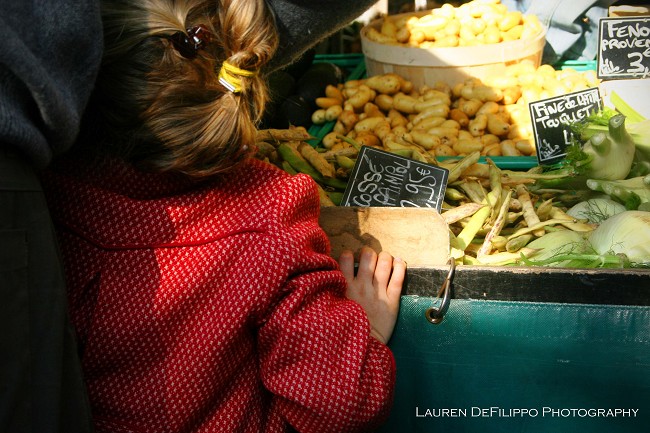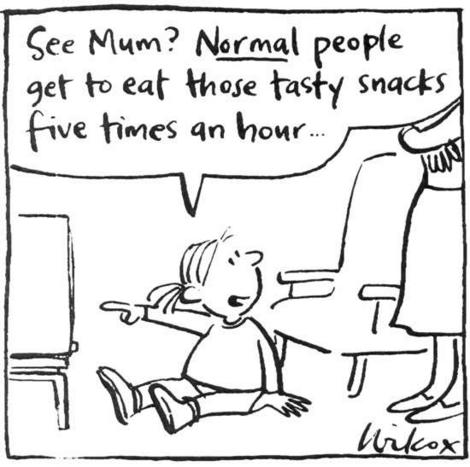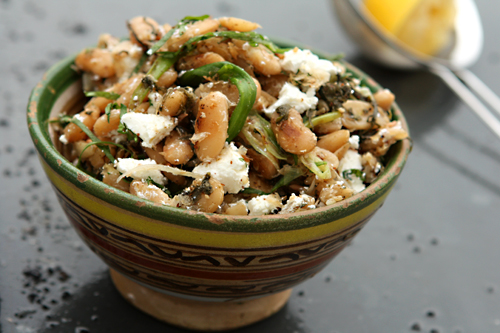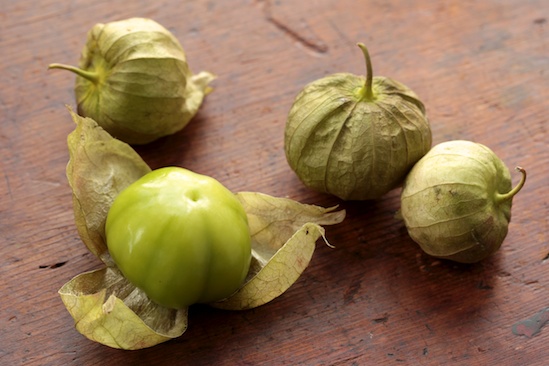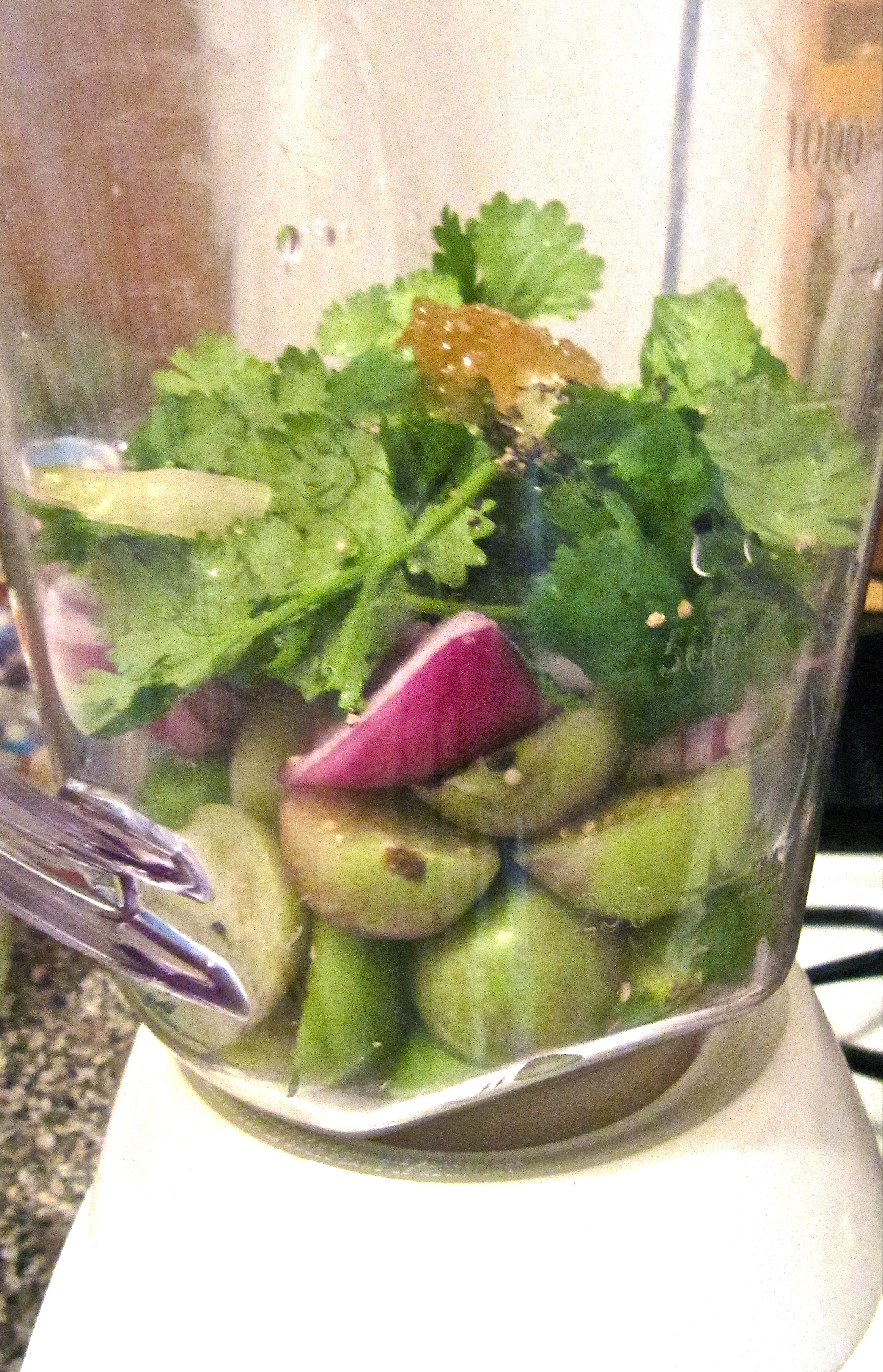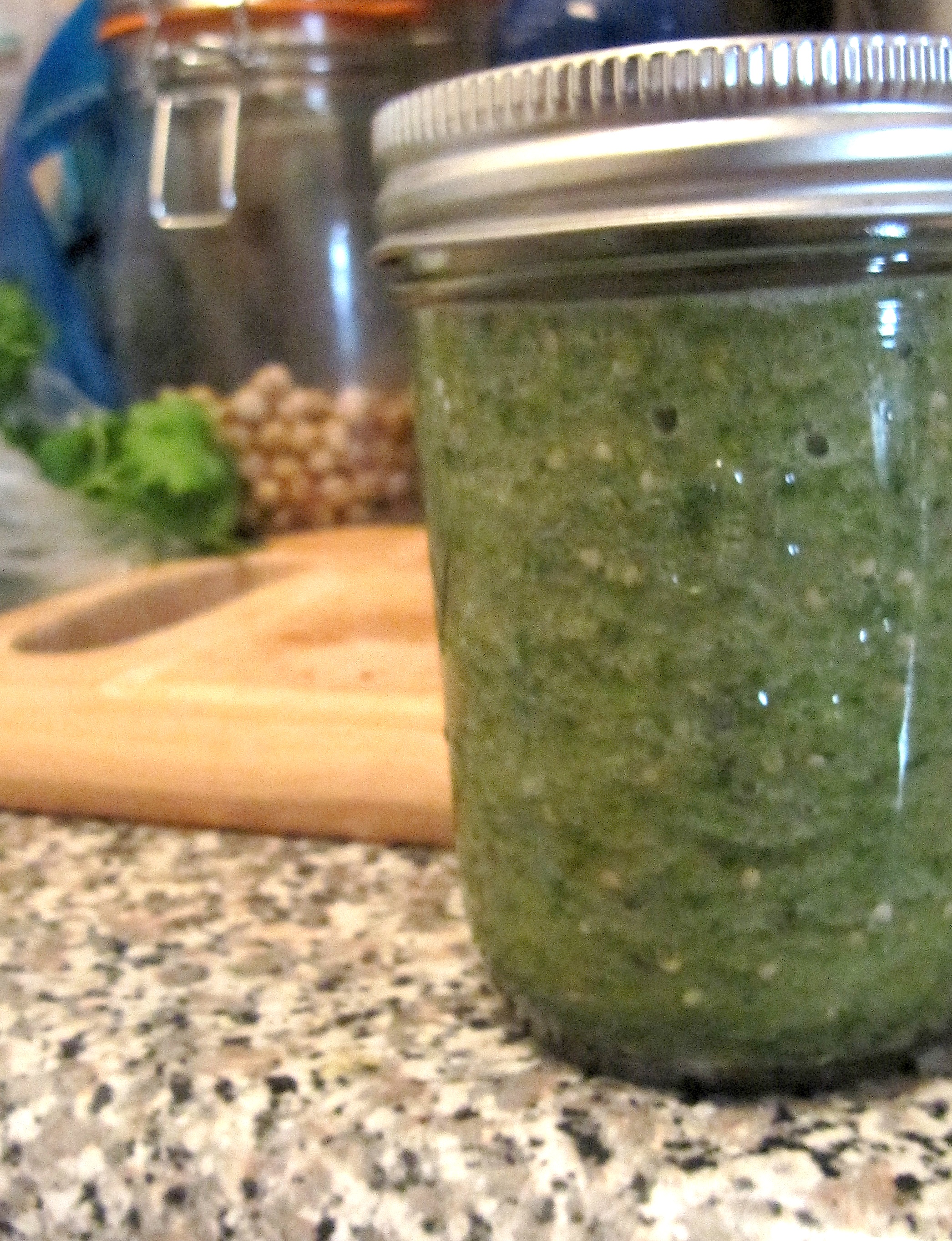This week, I had the pleasure of attending a conference on “French and American Perspectives on Food and Nutrition” at the Cultural Services of the French Embassy.

With speakers from various sectors and cultural biases - ranging from researchers at the Institut Paul Bocuse to the much-lauded Marion Nestle - the conference covered everything from epigenetics to American terroir.
The presenters touched on subjects from food politics in the 1980s to the French preference for three-course meals, but a few key themes emerged from the wide array of research:
- The French, on the whole, are more open to the relationship between food and social responsibility. The American media - despite the increased presence of scholars and journalists who portray these issues as political or systemic problems – continues to portray health as a personal, individual pursuit (especially when it comes to obesity).
- The French openly flout some of the most common advice provided by nutrition professionals (for example, “don’t eat dinner late in the evening”). They do, however, maintain a certain reverence for the pleasure of eating, spend more time preparing food, and involve the whole family in the food preparation process. (Studies have shown that the amount of food one consumes is inversely correlated to the amount of time one spends preparing food. Aka – the longer you take cooking, the more likely you are to appreciate and value your food – and the less likely you are to overeat).
- Epigenetics is a field that is likely to take the forefront in the way we understand nutrition, as well as social and personal responsibility. We are only beginning to realize the dramatic effect that our diet and environment can have on the expression of our genes (and the genes of our future offspring – not to mention the fact that French researchers have found that our food preferences start developing in utero).
- There is a future for “terroir” in the United States. In Vermont, initiatives to preserve or cultivate traditional methods for producing maple syrup and artisanal cheese are revealing that the American public has a vested interest in the value of food traditions. And as the locavore movement continues to pick up speed, (Husk, an uber-local Southern restaurant was named Best New Restaurant in America, 2011 by Bon Appétit), this is the perfect time for local food communities to take pride in products specific to their region.
Yet even more fascinating than the multitude of topics presented by the speakers was the diverse perspectives of the conference attendees. Their varied backgrounds - from an AirFrance employee passionate about pastry to a landscape designer curious about the social effects of gardens - spoke to the intimate and influential role food plays in the lives of each and every person.
After a few days’ reflection, I find myself lingering on one cultural distinction between the US and France. While I have no statistics to back up this claim, my personal experience and research in Paris has taught me that the French appreciation for the “art of eating” is matched (if not surpassed) by an insatiable desire to talk about food. Everyone has an opinion, a story, a discovery to share – and the discussion about food reaches far beyond the confines of the table. Moreover, meals are not one of many possible moments for socialization in France; they are the moment for community and social interaction – so much so that a threat to the quality of mealtime is considered a threat to French-ness itself.
On the American side, we are experiencing a veritable food revolution and the exponential growth in media buzz around food is absolutely astounding. But does watching the Food Network or Top Chef religiously translate into spending more time in the kitchen or participating in meaningful conversations about food in our day-to-day lives?
Americans may be increasingly food-obsessed, but we are not yet adequately food-conscious. There is nothing wrong with enjoying the fruits of the food media, but I fear that, unless we stop primarily taking our cues from the fantasy-land of the “food stars” and start basing our appreciation of food in our own experience (and our own kitchens), we will forever be missing the je ne sais quoi that distinguishes food as culture, rather than a commodity.
